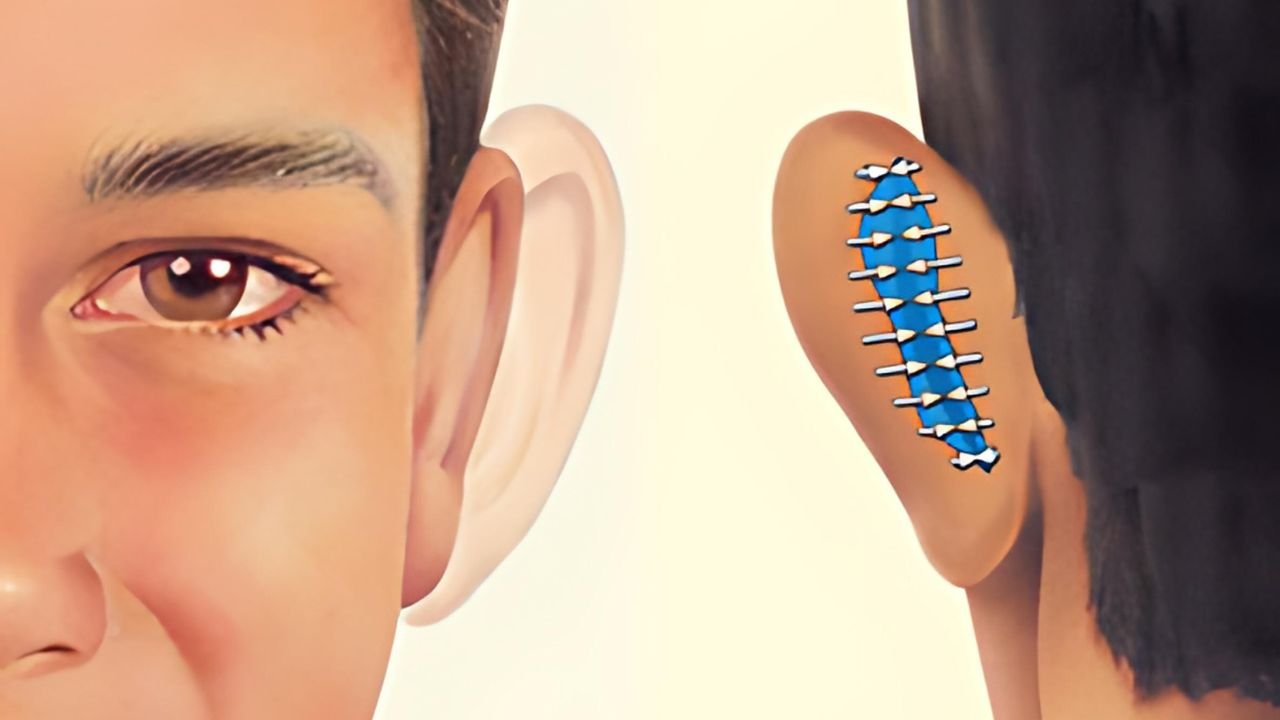cOSMETIC PROCEDURES > FACE > EAR SURGERY
Renew
EAR SURGERY
We all have unique features in our faces. Our ears can take on a variety of shapes and forms and for some, the ears can be protruding. As a child or an adult, protruding ears can affect our self confidence. An otoplasty can improve the shape, position, or proportion of your ears and help you achieve a more harmonious look.
What is Ear Surgery?
If protruding or disfigured ears bother you or your child, you may consider plastic surgery. Ear surgery - also known as otoplasty - can improve the shape, position, or proportion of the ear. It can correct a defect in the ear structure that is present at birth and can treat misshapen ears caused by injury.
Ear surgery creates a natural shape, while bringing balance and proportion to the ears and face. Correction of even minor deformities can have profound benefits to appearance and self-esteem.
Ear surgery can treat:
Overly large ears - a rare condition called macrotia
Protruding ears occurring on one or both sides in varying degrees
Children who are good candidates for ear surgery are:
Healthy individuals who do not have a life-threatening illness or untreated chronic ear infections
Generally five years old or have ear cartilage that is stable enough for correction
Cooperative and follow instructions well
Able to communicate their feelings and do not voice objections when surgery is discussed
Teenagers and adults who are good candidates for ear surgery are:
Healthy individuals who do not have a life threatening illness or medical conditions that can impair healing
Non-smokers
Individuals with a positive outlook and specific goals in mind for ear surgery
Consultation and Preparing for Surgery
-
Your surgical goals
Medical conditions, drug allergies, and medical treatments
Current medications, vitamins, herbal supplements, alcohol, tobacco, and drug use
Previous surgeries
-
Evaluate your general health status and any pre-existing health conditions or risk factors
Take photographs
Discuss your ear surgery options
Recommend a course of treatment
Discuss likely outcomes of your ear surgery and any risks or potential complications
-
Get lab testing or a medical evaluation
Take certain medications or adjust your current medications
Stop smoking
Avoid taking aspirin, anti-inflammatory drugs, and herbal supplements as they can increase bleeding
The Procedure
STEP 1: Anesthesia
Medications are administered for your comfort during the surgical procedure. The choices include local anesthesia with or without intravenous sedation or general anesthesia. Dr. Abedi will recommend the best choice for you.
Step 2: The Incision
Correction of protruding ears uses surgical techniques to create or improve the antihelical fold (just inside the rim of the ear) and to reduce enlarged conchal cartilage (the largest and deepest concavity of the external ear). Incisions for otoplasty are generally made on the back surface of the ear. When incisions are necessary on the front of the ear, they are made within its folds to hide them. Internal, non-removable sutures are used to create and secure the newly shaped cartilage in place.
STEP 3: Closing the incisions
External stitches close the incision. Techniques are individualized, taking care not to distort other structures and to avoid an unnatural "pinned back" appearance.
STEP 4: See the results
Ear surgery offers near immediate results in cases of protruding ears, visible once the dressings are removed. With the ear permanently positioned closer to the head, surgical scars are either hidden behind the ear or well-hidden in the natural creases of the ear.
risks and safety
The decision to have ear surgery is extremely personal. You will have to decide if the benefits will achieve your goals and if the risks and potential complications are acceptable. You will be asked to sign consent forms to ensure that you fully understand the procedure and its risks.
The risks include:
Anesthesia risks
Bleeding
Infection
Poor wound healing
Change in skin sensation
Asymmetry
Persistent pain
Unfavorable scarring
Possibility of revisional surgery
Allergies to tape, suture materials, glues, blood products, topical preparations, or injected agents
These risks and others will be fully discussed prior to your consent. It's important that you address all your questions directly with your plastic surgeon.
RECOVERY AFTER SURGERY
Dressings will be used to support the new shape of the ear during the initial phases of healing. Once these are removed, the results of your ear surgery are immediately visible. Dr. Abedi may advise you to wear a headband to cover the ears for up to 4 weeks after the surgery depending on your specific case.
Discomfort immediately following ear surgery is normal and can be controlled with pain medication. There may be an itchy feeling under bandages. It is essential that bandages remain intact and are not removed for any reason. Failure to do so may result in loss of some of the correction and may require a secondary surgery.
results
The results of your ear surgery are immediately visible. Over time, post-surgical swelling will resolve and incision lines will fade. Satisfaction with your new image should continue to grow as you recover from surgery. The final results of your surgery will appear over the next few months.
Although good results are expected from your procedure, there is no guarantee. In some situations, it may not be possible to achieve optimal results with a single surgical procedure and another surgery may be necessary.
Prices for ear surgery can vary depending on your age and what kind of surgery is required. Dr. Abedi offers patient financing plans, so be sure to ask.
Cost may include:
Anesthesia fees
Hospital or surgical facility costs
Medical tests
Prescriptions for medication
Surgeon's fee
The BC Medical Services Plan covers correction of prominent ears for children only. Adult surgical corrections are not covered.
cost

get in touch with us
Your vision,
our expertise.
Discover your Beauty.
Contact us today to schedule your consultation.







